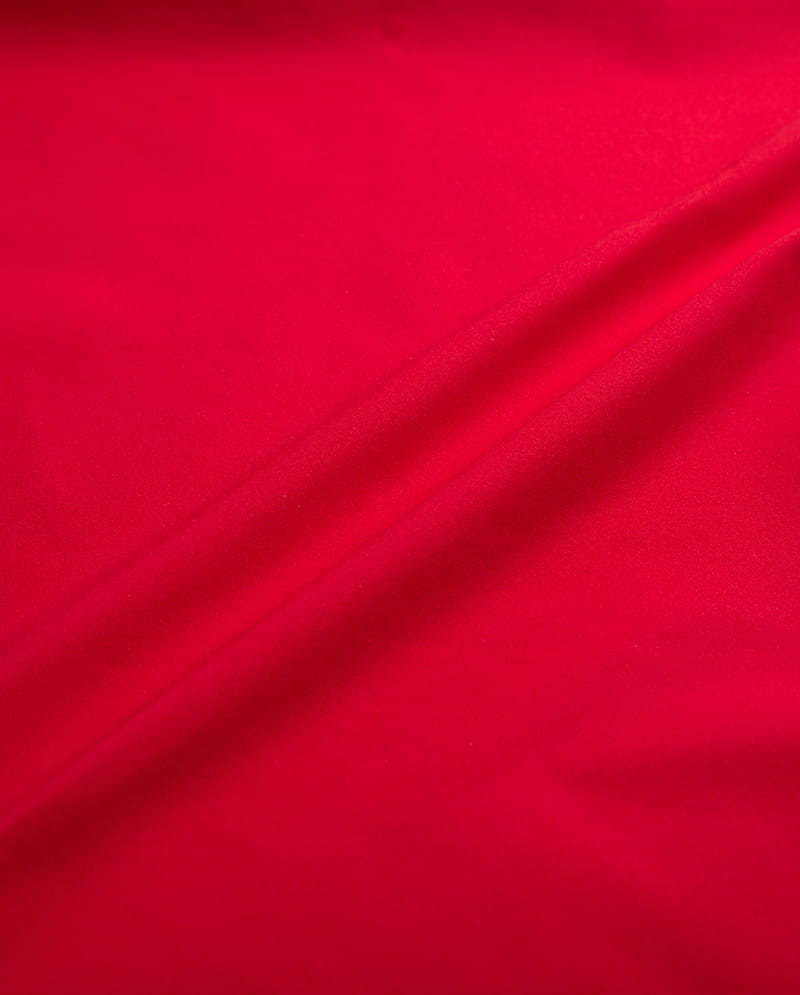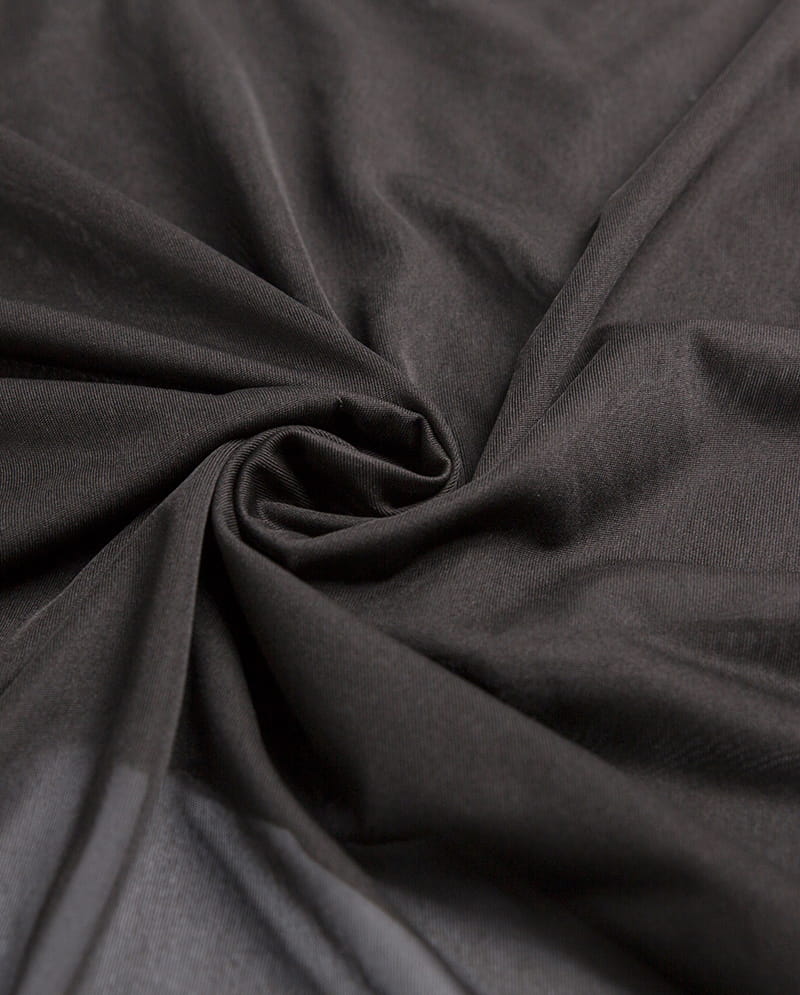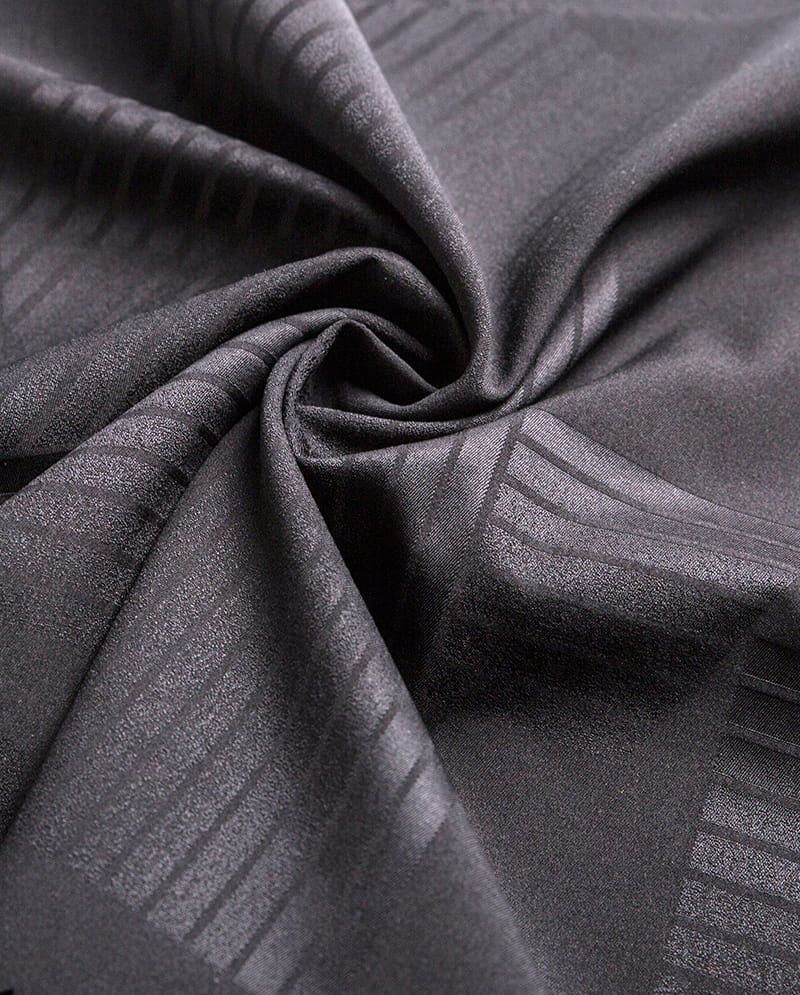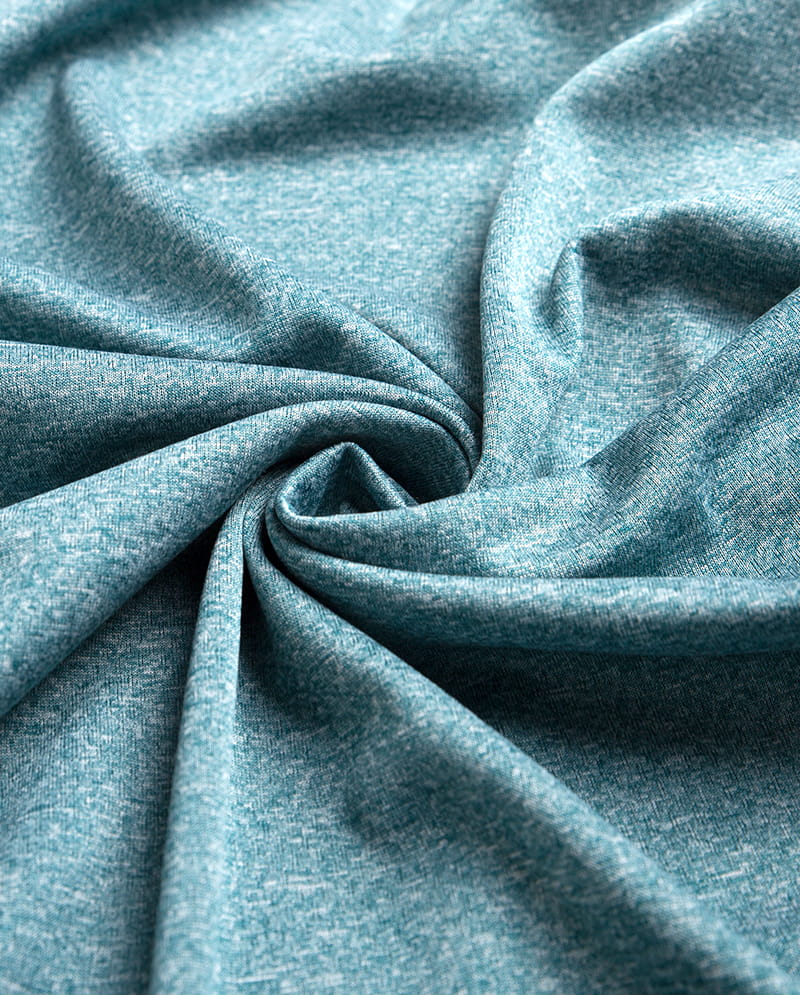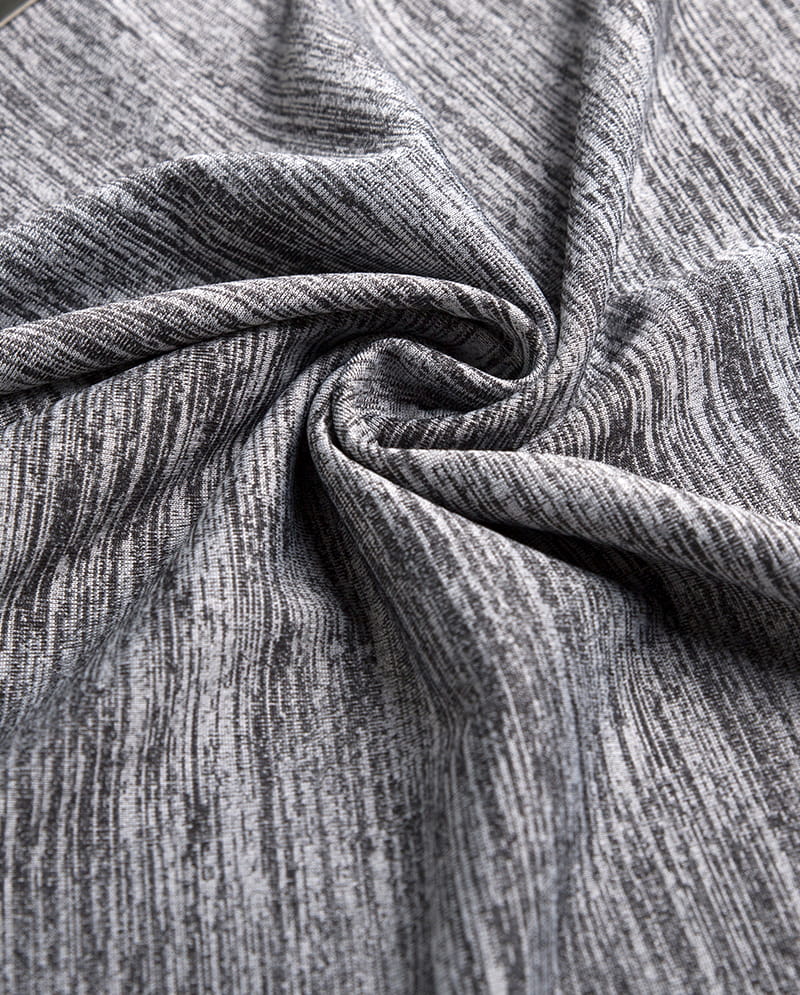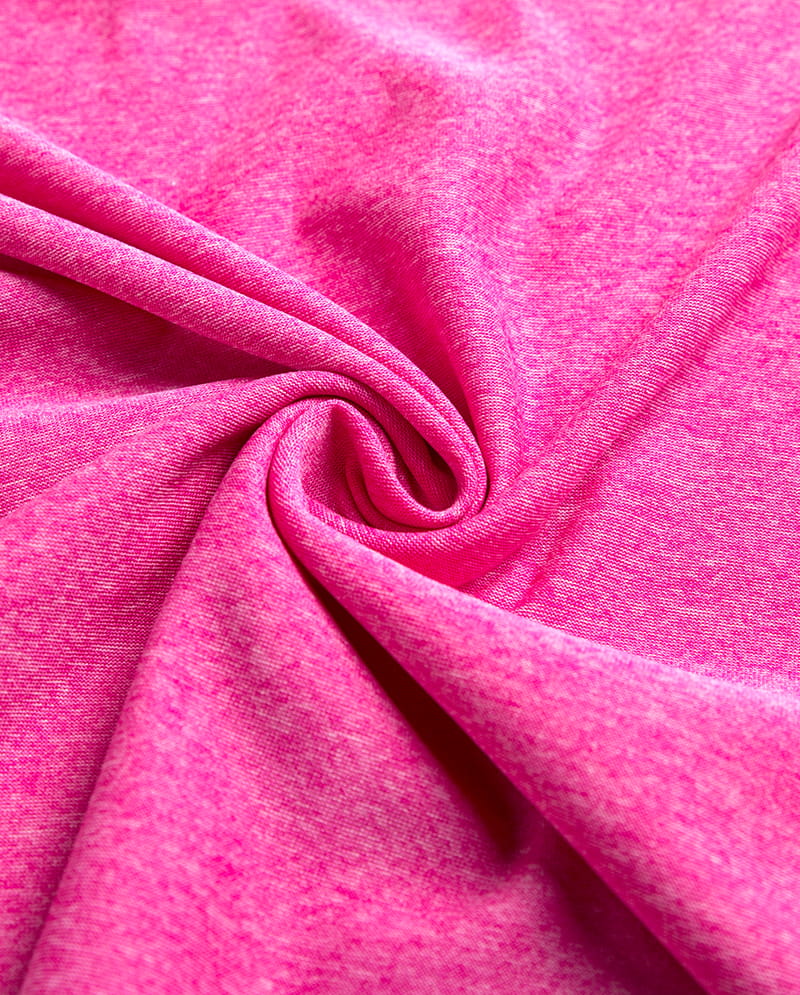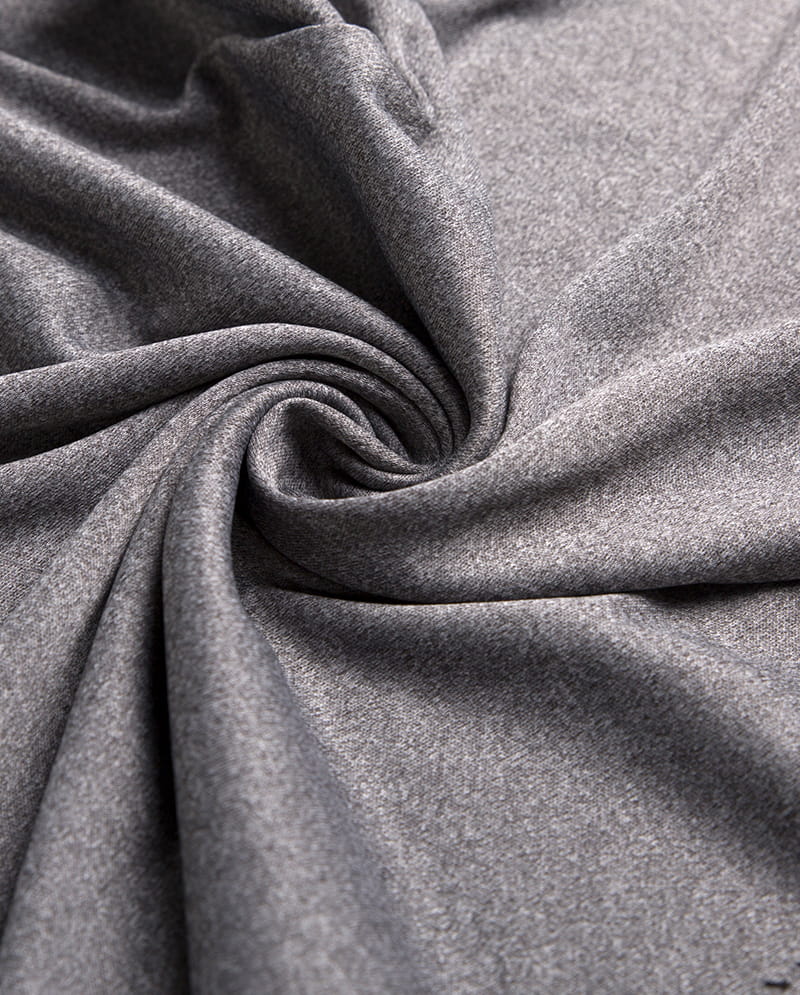How DTY Yarn Enhances the Performance of Lining Materials
Lining materials are an essential component of many types of garments and upholstery products. They are not only responsible for the inner appearance and feel of the product but also influence comfort, durability, and overall performance. Among the various types of yarn used in textile production, Draw Textured Yarn, commonly known as DTY yarn, plays a critical role in enhancing the qualities of lining materials.
Understanding DTY Yarn
DTY yarn is a type of polyester or nylon yarn that is processed through a draw-texturing method. The process involves stretching and texturizing partially oriented yarn to introduce bulk, elasticity, and softness. These characteristics distinguish DTY yarn from other types of synthetic yarns such as fully drawn yarn or partially oriented yarn.
The draw-texturing process alters the molecular orientation and structure of the yarn, giving it unique properties. The result is a yarn with a three-dimensional texture that provides resilience, stretchability, and a smooth surface finish. These features make DTY yarn highly suitable for lining fabrics, where flexibility, comfort, and appearance are crucial.
Key Properties of DTY Yarn Beneficial for Lining Materials
Elasticity and Stretch
One of the most notable properties of DTY yarn is its elasticity. The texturing process creates loops and crimps in the yarn, which allow it to stretch and recover its original shape. In lining materials, this elasticity contributes to a better fit and flexibility in garments. It ensures that the lining moves with the outer fabric without wrinkling or restricting movement. For garments such as jackets, coats, and suits, this quality is particularly important, as it enhances comfort and wearability.
Softness and Comfort
Lining fabrics must be soft to provide a comfortable feel against the skin. DTY yarn’s textured structure gives it a smooth and plush surface, which translates into soft fabrics when woven or knitted. This softness improves the overall sensory experience of wearing a garment. Lining materials made with DTY yarn are less likely to cause irritation or discomfort, making them suitable for delicate fabrics and garments designed for prolonged use.
Lightweight and Breathable
DTY yarn is inherently lightweight, and the texturing process increases its bulk without adding significant weight. This property allows lining fabrics to maintain a comfortable weight while still providing structure and support to the garment. Additionally, the crimped structure of DTY yarn enhances air permeability, allowing the lining to contribute to breathability. Breathable linings are essential for activewear, sportswear, and summer garments, as they facilitate moisture evaporation and reduce overheating.
Dimensional Stability
Another important feature of DTY yarn is its dimensional stability. The yarn retains its shape even after repeated stretching or washing. This quality ensures that lining fabrics maintain their fit and appearance over time, preventing sagging or deformation. In high-end garments, this stability preserves the intended silhouette and contributes to the overall durability of the product.
Aesthetic Appeal
DTY yarn also enhances the visual qualities of lining fabrics. The textured surface can create subtle sheen, luster, or matte finishes depending on the processing method. This flexibility allows designers and manufacturers to choose linings that complement the outer fabric aesthetically. A visually appealing lining contributes to the perceived quality of the garment and enhances the consumer experience.
Applications of DTY Yarn in Lining Materials
DTY yarn is widely used across various types of lining materials due to its versatility and performance-enhancing properties. Some key applications include:
Garment Linings
In jackets, coats, suits, and dresses, DTY yarn is commonly used to produce linings that are both comfortable and durable. The elasticity and softness of DTY yarn prevent the lining from bunching or feeling restrictive, while its dimensional stability ensures that the garment maintains its shape during use.
Upholstery Linings
DTY yarn is also used in linings for upholstery, including sofas, chairs, and decorative textiles. In these applications, linings provide structural support and protection for outer fabrics. DTY yarn’s strength and flexibility make it suitable for these applications, ensuring that the lining can withstand repeated tension and movement without tearing or sagging.
Technical Linings
In specialized garments, such as protective clothing or performance wear, DTY yarn contributes to functional lining properties. Its lightweight and breathable nature supports moisture management, while elasticity ensures freedom of movement. Linings in this category benefit from DTY yarn’s durability and resistance to abrasion.
Home Textiles
Linings in curtains, cushions, and bedding also benefit from DTY yarn. The yarn adds softness and resilience to the fabric, allowing linings to maintain smooth surfaces and resist wrinkling. In curtains, DTY yarn linings can improve drape and reduce light penetration, enhancing both functionality and appearance.
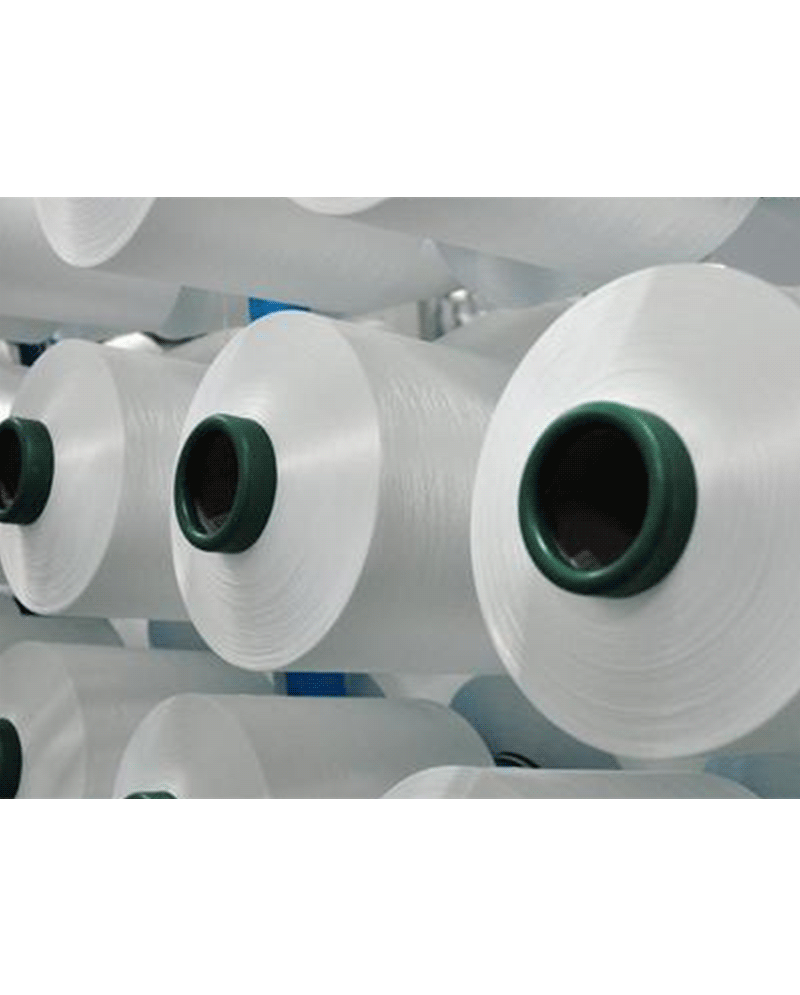
Advantages of DTY Yarn in Lining Materials
Durability and Long-Term Performance
The combination of elasticity, strength, and dimensional stability makes DTY yarn linings durable. They withstand repeated use, washing, and mechanical stress without losing shape or softness. This longevity reduces the need for frequent replacement, contributing to sustainability in textile production.
Comfort Enhancement
DTY yarn improves the tactile properties of lining fabrics. Soft and smooth linings made with DTY yarn feel pleasant against the skin and reduce friction with outer fabrics. This comfort is particularly important in garments worn for extended periods, such as workwear, formal wear, and casual clothing.
Design Flexibility
The visual and structural properties of DTY yarn allow designers to create linings with different textures, sheens, and thicknesses. This versatility supports a wide range of design choices, from lightweight summer linings to more substantial winter linings. DTY yarn’s adaptability makes it a preferred choice in the textile industry.
Performance in Specialized Applications
In functional garments, DTY yarn linings enhance performance by supporting breathability, stretch, and moisture management. These properties are crucial in activewear, sportswear, and technical textiles, where both comfort and performance are essential.
Economic Efficiency
DTY yarn is produced through a cost-effective process that allows for consistent quality and bulk production. Its durability and performance properties reduce garment maintenance and replacement costs, making it a practical choice for manufacturers and consumers alike.
Considerations for Using DTY Yarn in Lining Materials
While DTY yarn offers many advantages, careful consideration is required during fabric production. Factors such as yarn denier, texture type, and blending with other fibers influence the final properties of the lining. Choosing the appropriate DTY yarn ensures optimal performance in terms of softness, elasticity, breathability, and visual appeal. Manufacturers must also consider the end-use of the garment to select the right yarn structure and processing parameters.
Conclusion
DTY yarn plays a significant role in enhancing the performance of lining materials. Its unique combination of elasticity, softness, dimensional stability, and aesthetic appeal makes it highly suitable for linings in garments, upholstery, and home textiles. By improving comfort, durability, and design flexibility, DTY yarn contributes to higher-quality products that meet consumer expectations. As the textile industry continues to innovate, DTY yarn will remain a critical component in producing linings that combine functionality, comfort, and visual appeal.
The use of DTY yarn in lining materials exemplifies how advanced yarn technologies can improve everyday textiles. Manufacturers, designers, and consumers alike benefit from the enhanced performance and versatility that DTY yarn provides. Understanding these advantages allows the industry to make informed decisions, leading to better-quality fabrics and garments that meet both practical and aesthetic requirements.

 English
English 中文简体
中文简体